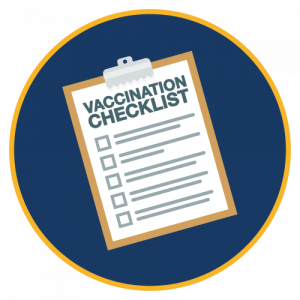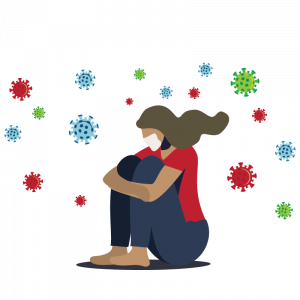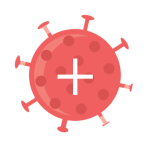What Changed with the Outbreak-Associated Cases and Testing Data on May 1?
VDH uses several data sources to capture infectious disease data. The Virginia Electronic Disease Surveillance System (VEDSS) is how we capture case information and lab testing data. The Virginia Outbreak Surveillance System (VOSS) is how we capture outbreak information. These two systems connect in some ways, but are intended for different purposes. During the course of an outbreak investigation, public health epidemiologists generally create a new outbreak record in VOSS first and enter the number of cases they’re aware of at that point. We need some of this initial data to be able to call an outbreak ‘Confirmed.’ For COVID-19, we need to have record of two or more epidemiologically-linked cases. Over the course of the investigation, these epidemiologists will conduct case investigations on everyone they identify as part of the outbreak and enter those records into VEDSS. When we’re able to determine that an outbreak has run its course and there are no new cases, these epidemiologists will update the numbers in VOSS to the total count. As you may be able to tell, the number of cases associated with each outbreak can change over time in both systems. Starting on May 1, VDH is combining both of these systems to give a better picture of how many COVID-19 cases are associated with an outbreak.
We have also improved the way we report the number of people who have been tested. Prior to May 1, VDH was reporting the number of unique people who had been tested for SARS-CoV-2, the virus that causes COVID-19. This was a valid measure early in the response as people were typically being tested once. As this response evolves, we have made the change to report the number of people tested per day rather than the number of unique people who have been tested at any point during the response. We know individual people, especially healthcare workers and those in high-risk settings, may be tested more than once over time. This new method of providing test data also allows us to provide the number of tests per day. We believe these data to be a better representation of SARS-CoV-2 testing in Virginia, and a better guide to the public and policy-makers as they assess availability.
These new methods are a good reminder that VDH will be continuously improving the way we present surveillance data. Please check back regularly for improvements!








